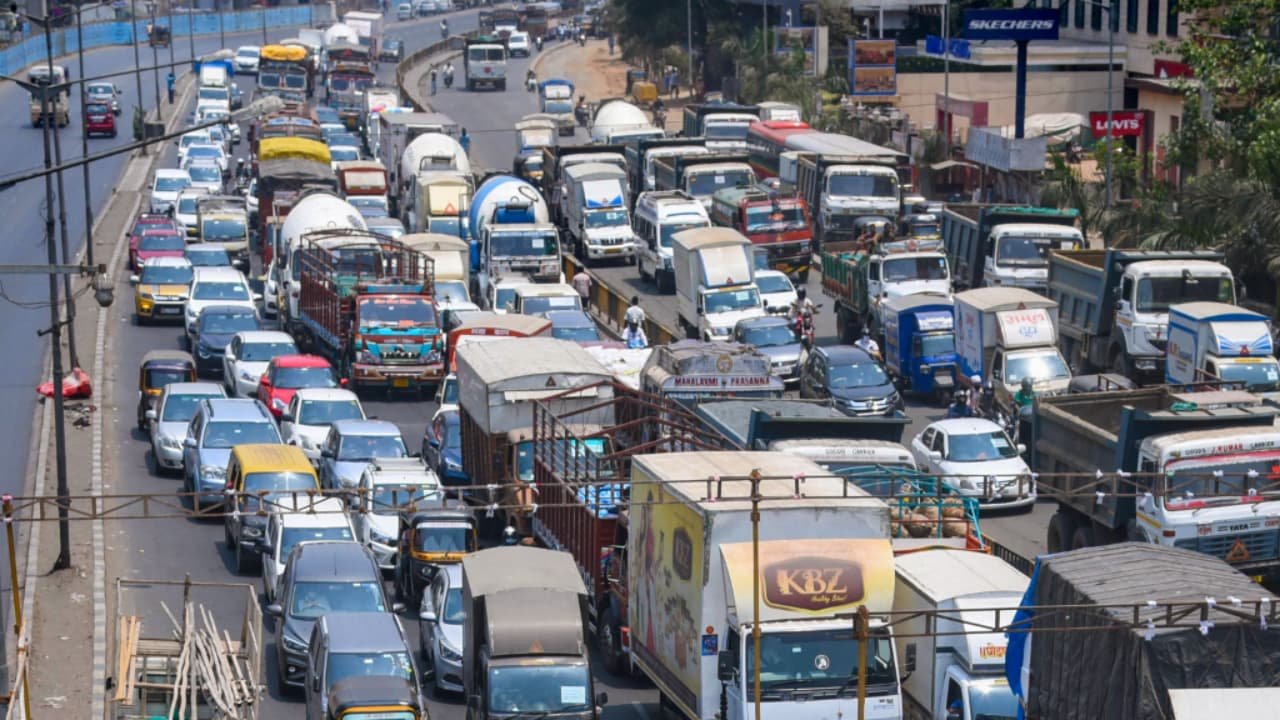
I am staying in Mumbai for over three decades; the first time witnessing the silent roads during COVID lockdown. I used to reach Churchgate for Borivali in less than 40 minutes in peak hours. Peaceful roads, clean roads, no honking, no jams, all was calm. As soon as the government relaxed COVID rules, the road became jammed with traffic jams.
Now travelling from Borivali to Churchgate in peak hours takes almost three to four hours. Mumbai Police’s initiative to keep cars and two-wheelers off-road was music to the ears. Here people age in traffic, most of the youngsters have back pain problems. Family members hardly get time to be with each other. The entire city is running in the rat race.
Mumbai is a Metro-city and its lifestyle is very much different from other cities… urbanisation has positive and negative effects. Mumbai is the largest city by population having an estimated population of 23 million during the current year. It is one of the most densely populated cities in the world and one of the largest cities of India in terms of population, business activities. Mumbai is called the financial capital of India.
A large population in Mumbai comprises migrants from other states in India. This migrant population who comes and stays here in search of better employment opportunities is one of the significant factors in the rising population of Mumbai. So, the Population of Mumbai has been rising at an alarming rate in the last 20 years. The habitats and vertical, huge and long structures make Mumbai a concerted city. Mumbaikar are called reserved people and the animal of concrete jungles.
Large Populations of Mumbai live in Slums and other residential areas. Mumbai has a population density of 20,482 persons per square kilometre, which is relatively very high. This large population of Mumbai includes dabbawala, stockbrokers, diamond merchants, Bollywood producers or even the local paan walla and corporate sectors. Strong public transport will be a brilliant solution. With support from the World Bank, the city recently invested in a new traffic management system.
Overseen by a control centre in police headquarters, it allows officers to monitor traffic flows at key junctions via a network of cameras and sensors and adjust signals when necessary to help prevent snarl-ups. Pushing a button in the control centre can make a traffic light at a distant junction turn from red to green, or vice versa. It is a relatively simple system and has proved quite effective in easing the pain of Mumbai’s traffic jams, but it certainly hasn’t eradicated them.
Govt. reduces the fares of BEST buses to encourage public transport. One of the biggest metro works is being carried out in Mumbai to reduce traffic on the road. However, while the construction is still in progress, Mumbai is witnessing the worst traffic and congestion of the decade. They widen roads in Mumbai by removing unauthorised encroachments from the streets. However, looking at the megacity, this has not worked as well. The number of vehicles owned and run on the road has also increased. In this scenario, the use of public transport is a better solution than booking cabs to reach from one place to another instead of using a vehicle. This will reduce parking issues as well.
The biggest challenge to Mumbai traffic is auto-rickshaws. On one permit, several autos are running on the road. Auto drivers take shortcuts; overtake other vehicles from the wrong side. Most of the time, auto drivers and bikers create miserable traffic jams. Similarly, there are bottlenecks on the eastern freeway. When you get down from the freeway and go towards the south side you can see how poorly the exit has developed. Though the bottleneck hasn’t revealed itself at the eastern freeway, it would show itself as the no. The number of vehicles using freeways increases. Major roads have bottlenecks and by solving this issue, controlling traffic becomes easy. Containers’ movement from the port area (Navi Mumbai) to Mumbai is another maniac.
Mumbai is called the “city of dreams”, people from all over the country, or these days even from all around the world, come here to not just live their dreams but to make more of what the city can offer to them. It is a land of opportunities. But Mumbai can be extremely expensive to rent/ own or have any living there. Navi Mumbai is a suburb of Mumbai and the standard of living varies per town. Depending on the location and structure of the housing – cost of living can vary. Certain places can be equally expensive as Mumbai and some places can be very nominal. A rich business executive or technological leader can have a luxurious life with all the renovated bathrooms and tile work in their kitchen, at the same time a hardworking cab driver can find a decent space to live in Navi Mumbai. And hence with the influx of population, more people with more cars or taking public transport to work in Mumbai/ Navi Mumbai. More and more people are on roads to get to work, to get home, to get to a salon, to get to a mall or just running to get a coffee. More stores, more housing, more restaurants, and more cars – yes… just more people have culminated into bringing about more traffic. And the infrastructure developed does not support this population – it just isn’t enough to accommodate all the people, their cars and their busy, on-the-go schedules.

